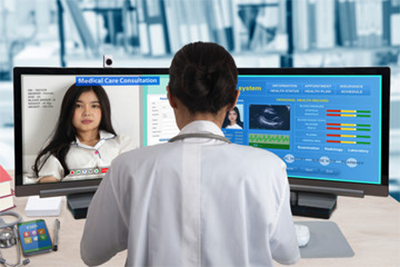Odds and Ends and Pricing Details
Monitoring Data in the FHIR Environment
Pricing for Intersect on FHIR is based on a "per patient, per month" agreement. Except for Post Discharge plans, the minimum monitoring agreement is for 6 months per patient. The cost will be dependent on the number patients to be monitored, the number of devices to be monitored, and the extent of custom configurations. The decision to provide patients with a wireless tablet was made as a result of antidotal information revealing that 20% - 30% of remote patient telehealth visits fail to occur because of patient connectivity failures. Remote monitoring creates added complexity. Additionally, when furnishing a device, the cost of mobile application development is reduced to half because only an Android device is required. The combined value of fewer cancelled sessions and the savings in development far exceeds the cost of the tablet. The selected tablet, a Samsung Galaxy Tab A7 Lite will be provided with an inexpensive cover that enables it to be positioned in a landscape manner as an easel which creates a perfect hands-free patient experience; perfect for when testing during a remote encounter requiring both hands.

